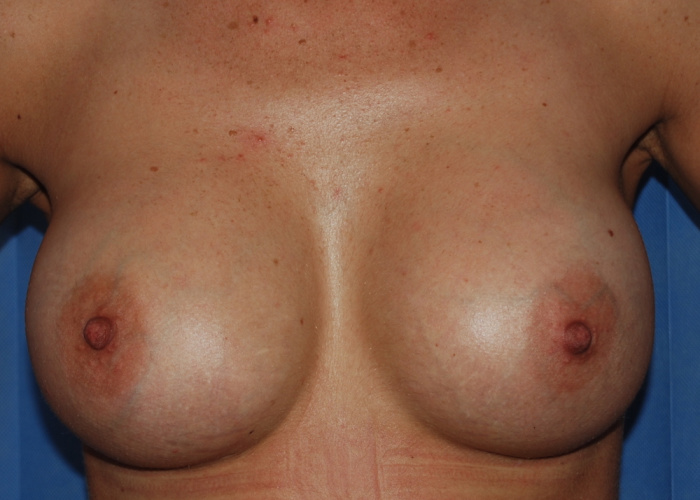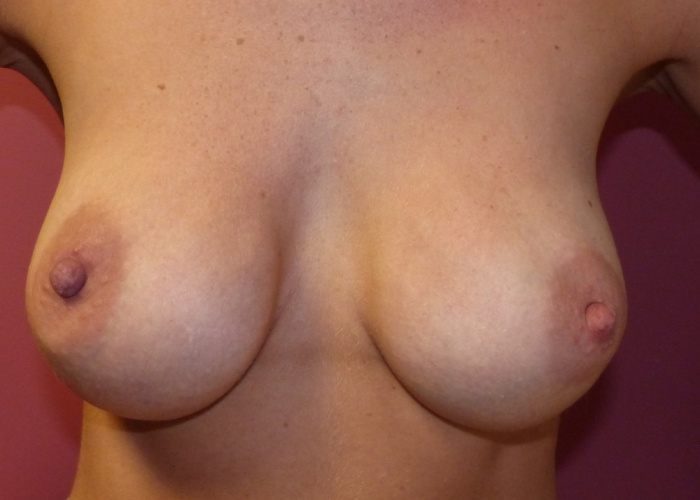The shape of the breast changes with time. This is related both to changes which occur with age and is also related to the implant itself and the way your body responds to the implant. Your body makes a very thin envelope ‘capsule’ around the breast implant and this may tighten with time, making the implanted breast firmer and rounder. Occasionally there is pain associated. In most patients this happens very slowly but it may be more rapid or pronounced in others. In order to rectify this problem, the breast implant is exchanged: the old implant is removed, the tight capsule is released or removed and and a new implant may be put in.
It is useful to know what size, shape and type of implant(s) you have, the approximate date of your previous surgery and the position of the implant (under-the-breast or under-the-muscle).
Your previous surgeon/clinic should have provided you with this information and, if you no longer have this, he/she may have retained records. Your current implants may have come with a manufacturers guarantee which could pay for the cost of new implants (although not the surgery). It is also useful to see reports of any scans you may have already had on the breasts.
 AFTER
AFTER BEFORE
BEFOREAnaesthetic: General
Time: 2-3 hours
Hospital stay: 0-1 night
Recovery: Plan a quiet week or two at home. Need to avoid forceful activities for 6 weeks
Risks: There are a range of risks and limitations with all surgical procedures
To book a consultation please call today on 07908 073189
There are several reasons for breast implants to be revised:
– Wanting to have larger implants
- Change in shape, sometimes associated with pain
- Burst or Leaking Implant
- Previous implantation with a sub-standard implant (PIP implant scandal)
– Not wanting to have implants any more
Breast implants can be revised by:
– Exchange i.e the old implant(s) are removed and new ones are put in.
– Removal i.e removed implants are not replaced by new implants
– It may be helpful to combine implant revision with a breast uplift procedure
